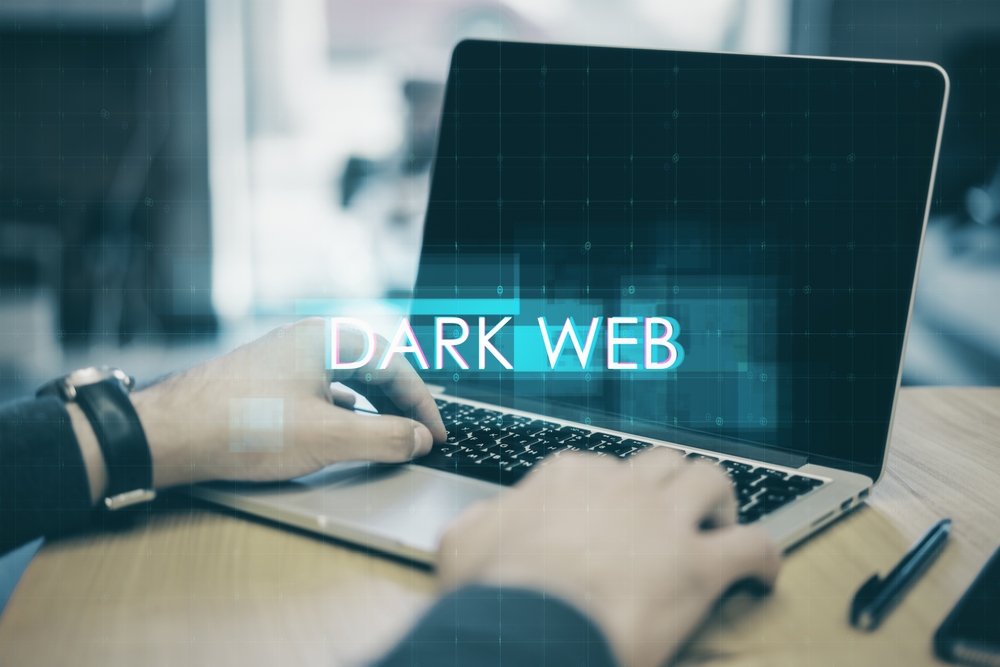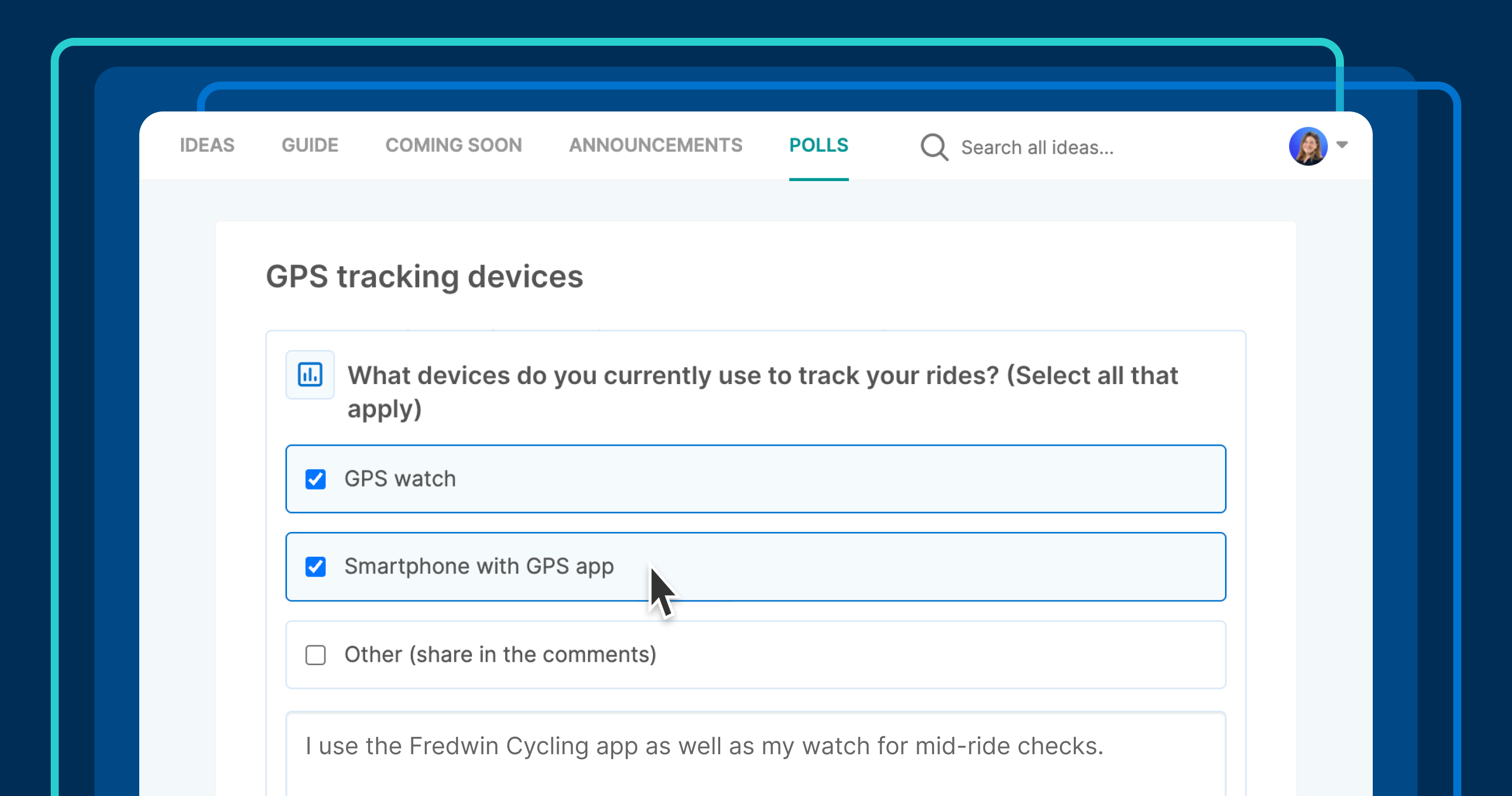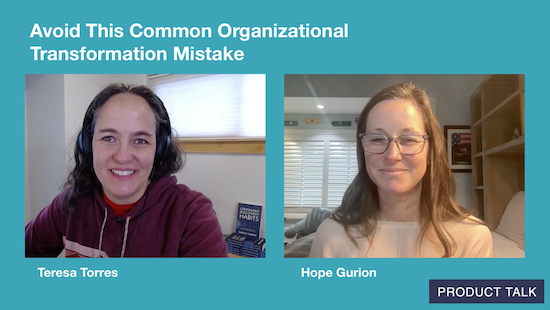Cyber Training Aids Compliance & Safeguards Brand Reputation
Secure your brand with employee cyber training and dark web monitoring. Stay compliant, minimise risk, and enhance business resilience.

Cybercrime continues to evolve at a rapid pace, targeting organisations of every size and sector. As hackers become increasingly sophisticated, the weakest point in many companies remains surprisingly constant—their own employees. In an environment where one careless click can trigger financial loss or a full-scale data breach, businesses must prioritise internal defences. A robust combination of cyber security training for employees and vigilant dark web monitoring is more than just a smart precaution—it is an operational necessity. Together, these tools form the backbone of compliance efforts and reinforce trust in the brand.
This blog explores the vital connection between employee preparedness, regulatory alignment, and reputational resilience. Let’s unpack how proactive measures don’t just defend against cyber threats—they reinforce credibility and business continuity.
The Rising Tide of Cyber Threats
Digital threats are no longer limited to large-scale breaches affecting only multinational corporations. From phishing emails targeting junior staff to ransomware attacks exploiting outdated software, the entry points are countless and increasingly subtle. Alarmingly, many of these breaches stem not from sophisticated external attacks, but from internal oversights—often by well-meaning employees unaware of the risks.
Employee-induced breaches can stem from:
- Weak password practices
- Falling for phishing scams
- Mishandling sensitive data
- Ignoring security policies
According to industry estimates, over 80% of breaches involve some element of human error. What makes this statistic more alarming is that these are preventable with proper education and awareness. The repercussions extend beyond financial loss. Regulatory penalties, customer distrust, and long-term brand degradation often follow in a breach's aftermath.
Compliance Is Not Optional
Modern organisations operate under a tightening web of regulatory frameworks. From GDPR in the UK and EU to global standards like ISO 27001 or industry-specific mandates such as PCI-DSS, businesses are expected to implement strong information security protocols. Non-compliance can lead to:
- Legal penalties and fines
- Audits and operational restrictions
- Customer contract terminations
- Loss of market trust
While businesses might invest heavily in security infrastructure, the truth is that technical defences alone are insufficient. Compliance isn’t simply about having firewalls; it’s about proving due diligence across the board—especially in human behaviour.
Cyber security training for employees plays a pivotal role here. Regularly updated training ensures staff understand and apply the policies that keep data safe and systems compliant. It also equips teams to identify threats, respond appropriately, and document incidents effectively—key components in meeting compliance requirements.
The Human Element: Why Training Is Critical
Contrary to popular belief, cyber security is not solely an IT department’s concern. It is a collective responsibility that spans all levels and departments. Yet, many organisations continue to overlook this, assuming that technology alone can protect their assets.
This approach is flawed. Employees are often the first line of defence—and the most vulnerable. Without awareness of tactics like social engineering, malware-laced attachments, or suspicious links, they are prone to making mistakes that jeopardise the entire operation.
Effective training should:
- Educate staff on evolving threat landscapes
- Teach recognition of phishing and spoofing
- Reinforce password hygiene and secure data handling
- Outline company procedures for reporting threats
Delivering cyber security training for employees isn’t a one-off task. It should be integrated into onboarding, revisited quarterly, and updated in line with emerging threats. Options range from in-person workshops and virtual modules to gamified simulations that measure retention and response.
Safeguarding Brand Reputation through Preparedness
In today’s hyperconnected world, reputational damage can travel faster than the incident itself. One data leak, especially involving customer information, can result in lost sales, media scrutiny, and irreparable damage to public trust.
However, there’s a flip side. When companies respond quickly, transparently, and responsibly to potential threats—particularly through well-prepared employees—their reputations often remain intact or even strengthened. A workforce trained in incident response, data protection, and secure communication is a brand’s best ambassador in a crisis.
Proactive training reduces:
- Response time during security events
- Public relations fallout
- Risk of spreading false or damaging information internally
- Operational disruption
When employees act with confidence and knowledge during security incidents, it sends a clear message: this is a company that takes protection seriously.
Dark Web Monitoring: The Silent Sentry
While employee training tackles internal vulnerabilities, external threats often develop in the shadows—specifically, the dark web. This hidden corner of the internet is a marketplace for stolen data, leaked credentials, and hacker chatter.
Dark web monitoring is a proactive service that scans illicit forums, paste sites, and marketplaces for signs of company-related exposure. These can include:
- Compromised email/password combinations
- Leaked intellectual property
- Discussions about targeting the company
- Stolen payment or customer data
Early detection is key. If a company is aware that a batch of credentials has appeared on the dark web, it can trigger password resets, audit sessions, and alert mechanisms before attackers strike.
What makes dark web monitoring powerful is its quiet vigilance. Unlike reactive measures, this tool quietly keeps watch—flagging risks and enabling swift, silent mitigation.
Combining Strategy: Training + Monitoring = Resilience
Singular approaches, whether purely technical or solely educational, leave gaps. When businesses combine cyber security training for employees with dark web monitoring, they unlock a defence strategy that is:
- Holistic: covering both internal behaviour and external threats
- Adaptive: updated as the threat landscape evolves
- Preventative: stopping issues before they escalate
These two components form a layered security posture:
- Employees are trained to avoid and report threats.
- Monitoring identifies if and when employee credentials are leaked.
- Responses can be fast, targeted, and less disruptive.
Leadership buy-in is crucial. Training and monitoring efforts need to be championed from the top down, supported by resources, and woven into company culture. When cyber readiness becomes a shared value, resilience becomes a competitive advantage.
Implementation Framework: Steps for Businesses
For organisations ready to bolster their defences, here’s a practical rollout framework:
Step 1: Audit Current Practices
- Evaluate existing training modules
- Identify known breaches or policy violations
- Check for previous dark web exposure
Step 2: Design Tailored Training
- Segment by department and role
- Use real-world threat simulations
- Include interactive and repeatable modules
Step 3: Integrate Dark Web Monitoring
- Choose a reputable provider
- Set alert thresholds and response protocols
- Regularly update credential databases for accuracy
Step 4: Evaluate and Refine
- Monitor metrics such as phishing test success rates
- Conduct post-training assessments
- Review monitoring reports monthly
This structured approach ensures the programme evolves alongside the cyber threat landscape while delivering measurable results.
Benefits Recap
Combining training and monitoring leads to multi-dimensional benefits:
|
Area |
Outcome |
|
Compliance |
Avoid fines and meet regulatory standards |
|
Risk Mitigation |
Reduce likelihood and impact of breaches |
|
Employee Empowerment |
Boost awareness and proactive behaviour |
|
Brand Protection |
Maintain public trust and credibility |
|
Operational Continuity |
Prevent disruption and revenue loss |
Together, these benefits not only fortify the company against threats but enhance overall performance and trustworthiness in the marketplace.
Conclusion
Cyber threats show no signs of slowing down—but that doesn’t mean your organisation must stay vulnerable. By prioritising cyber security training for employees and embedding dark web monitoring into operational strategy, businesses don’t just tick the compliance box—they build a culture of awareness, accountability, and agility.
In today’s business landscape, protection is perception. Companies that prepare are companies that prevail—confident, compliant, and credible. For businesses seeking to safeguard their systems and strengthen their reputation from within and without, these tools are no longer optional—they’re essential.
Renaissance Computer Services Limited stands at the forefront of delivering reliable, proactive, and forward-thinking cyber security support to help organisations defend what matters most.






































































































![Building A Digital PR Strategy: 10 Essential Steps for Beginners [With Examples]](https://buzzsumo.com/wp-content/uploads/2023/09/Building-A-Digital-PR-Strategy-10-Essential-Steps-for-Beginners-With-Examples-bblog-masthead.jpg)


















































